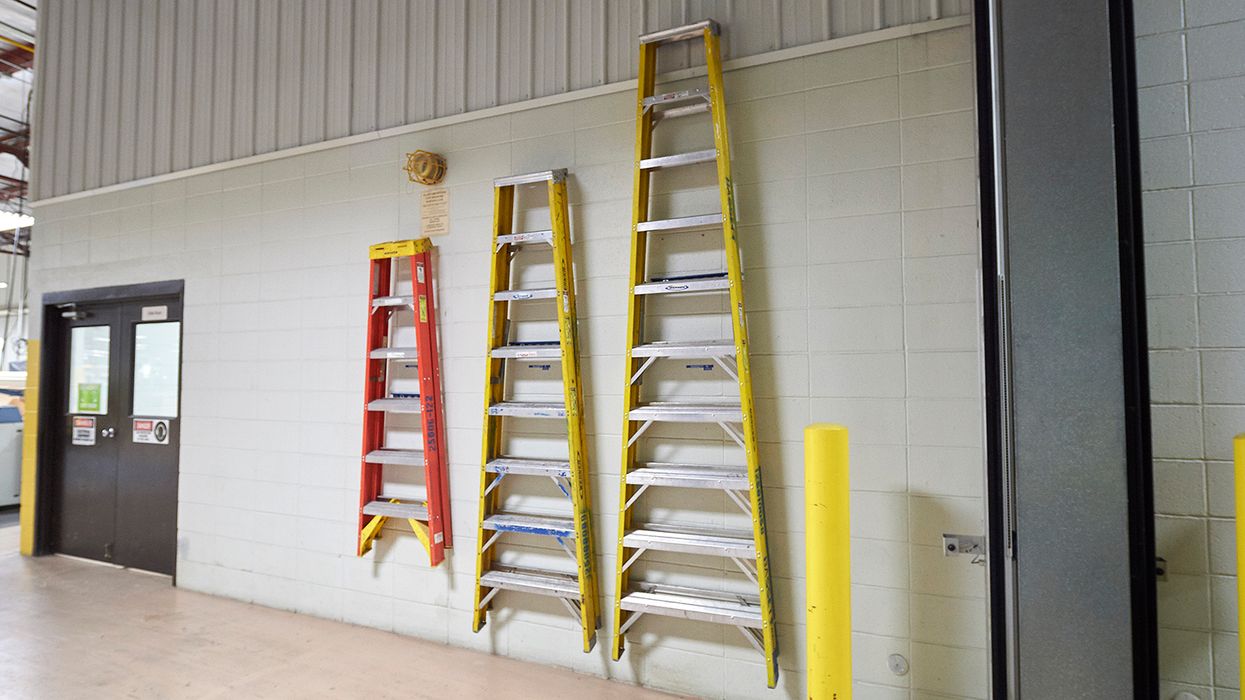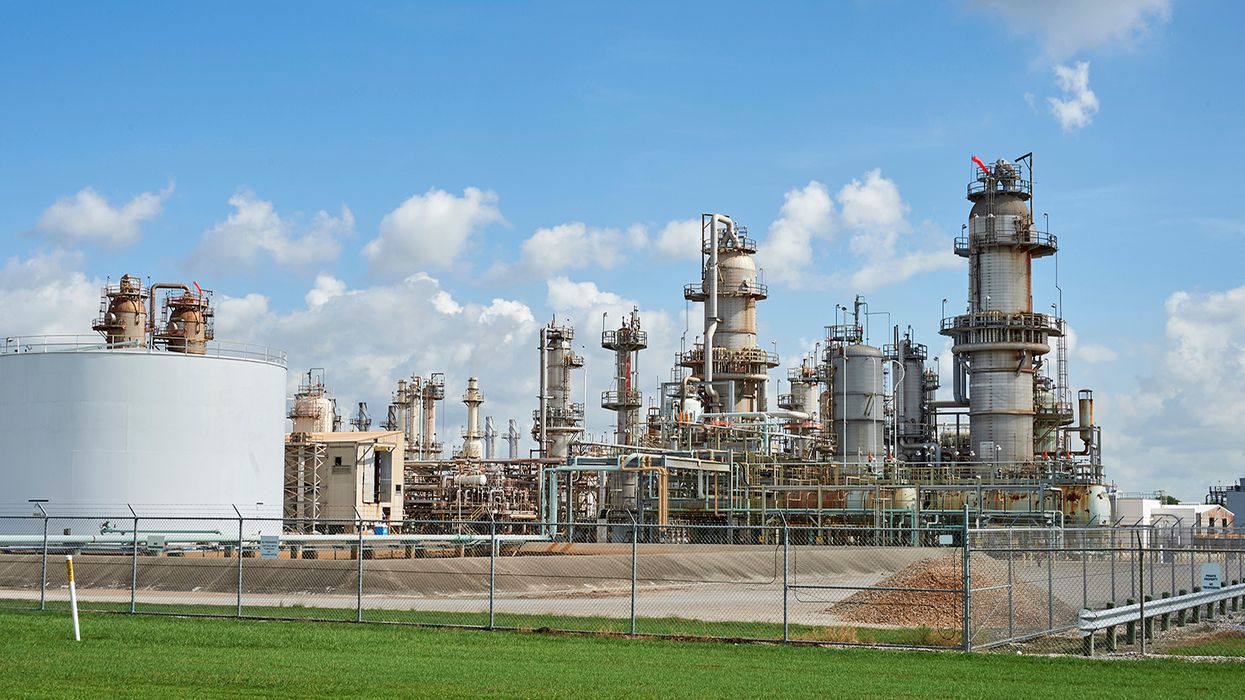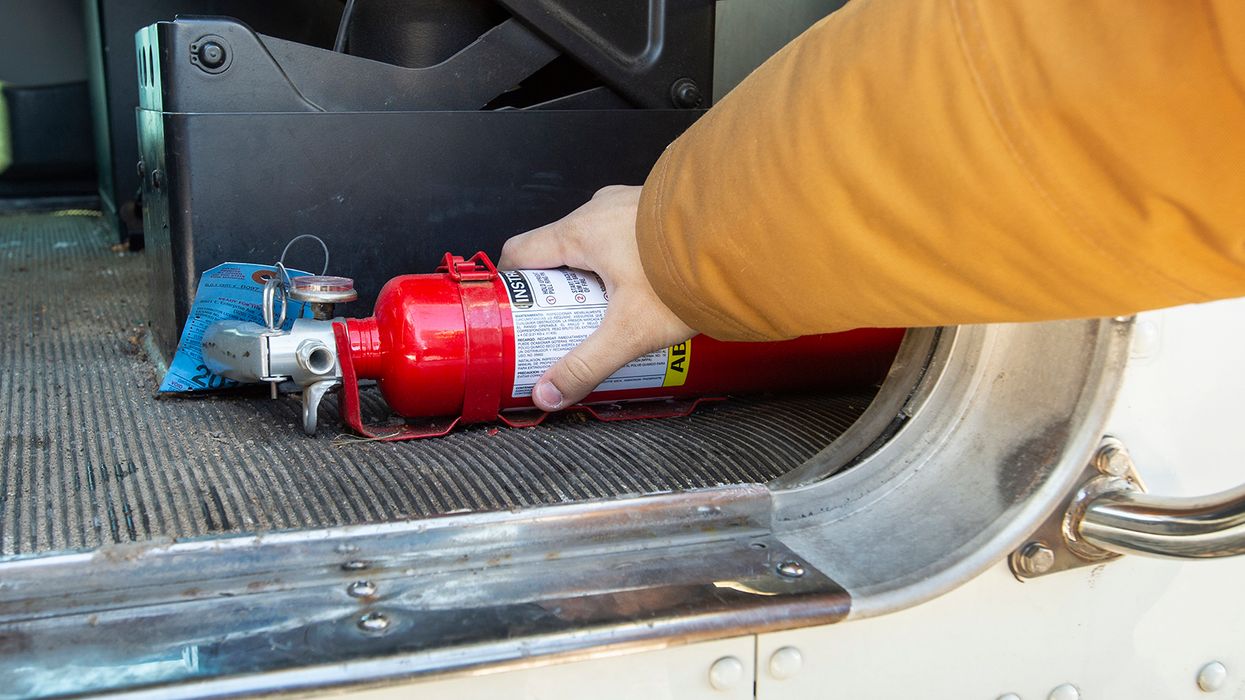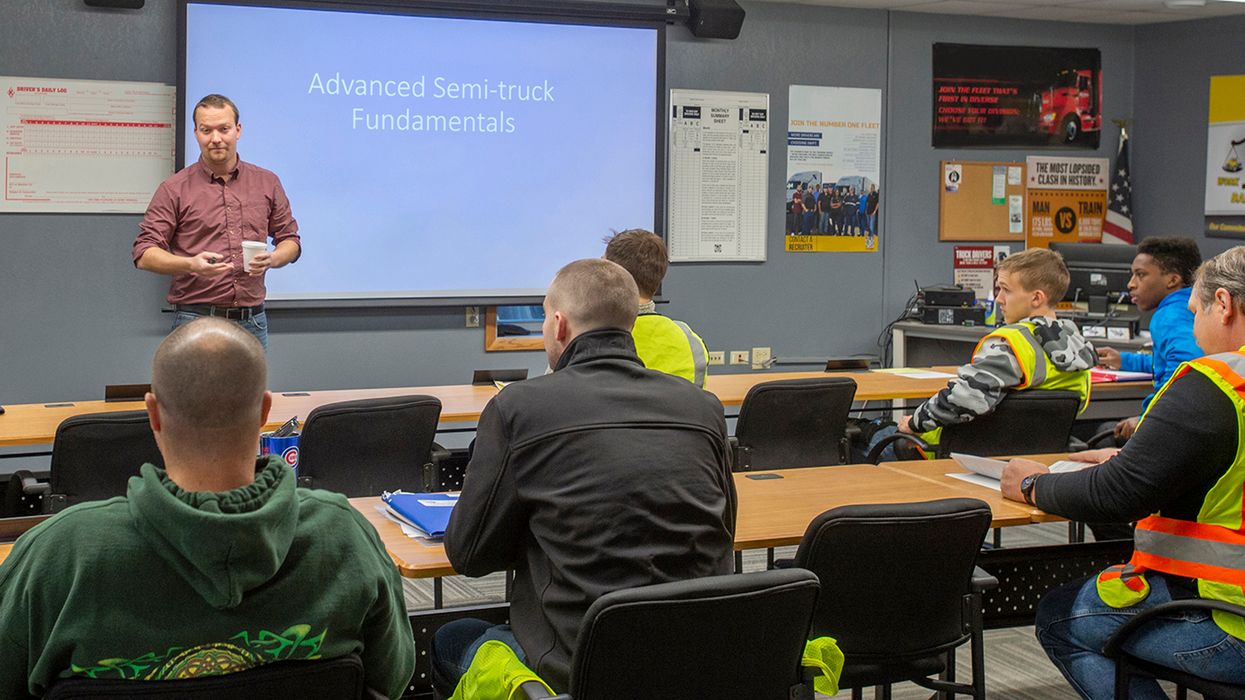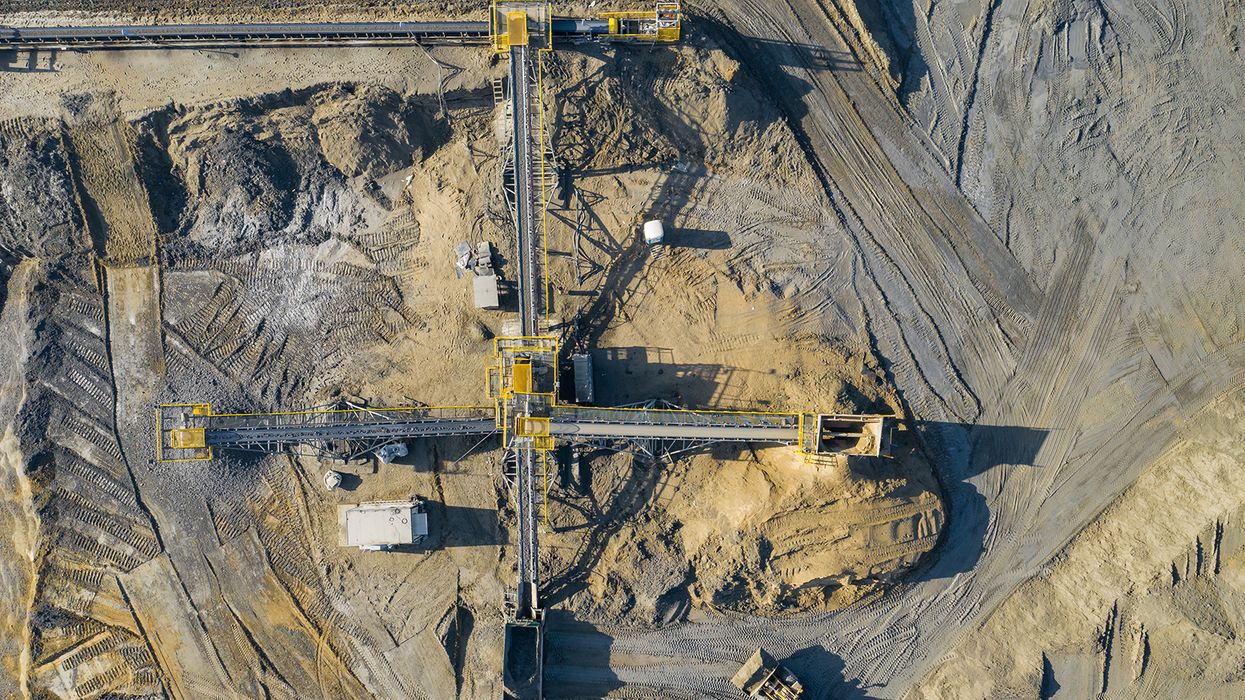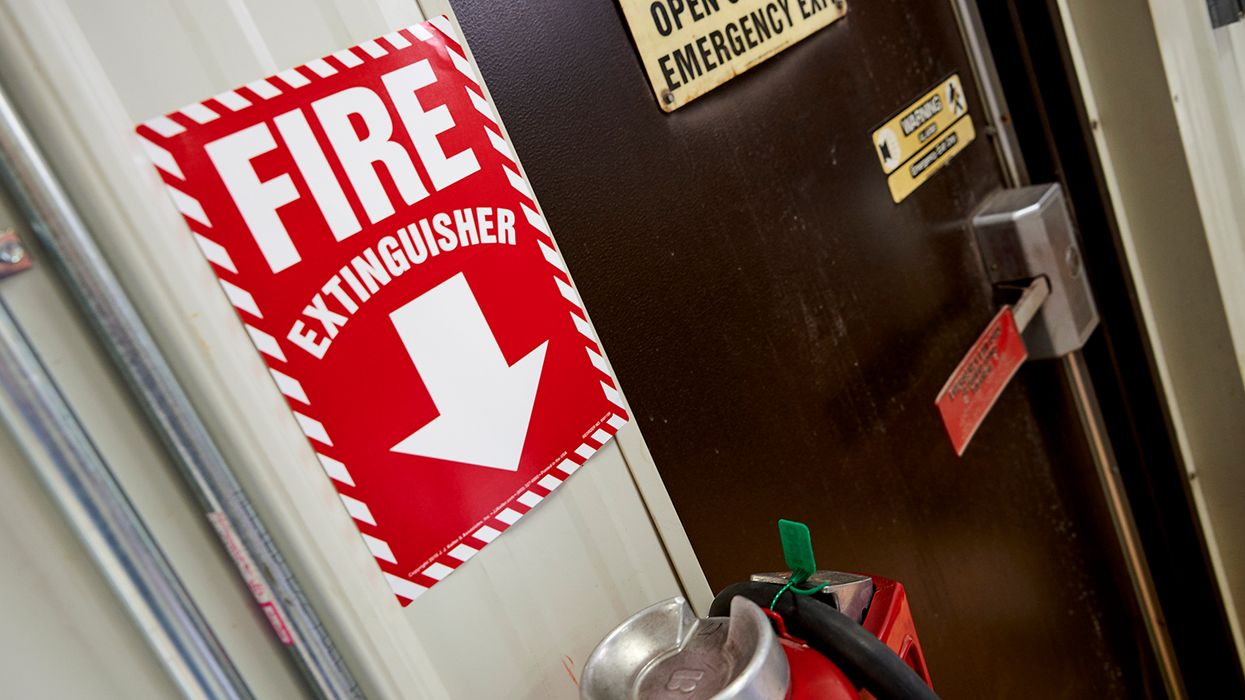Leap into Biennial Report compliance: Here’s what’s required
It’s a leap year in 2024, so facilities have an extra day to prepare the National Biennial Resource Conservation and Recovery Act (RCRA) Hazardous Waste Report, commonly known as the Biennial Report.
Due by March 1st of every even-numbered year, the Biennial Report covers the hazardous waste activities regulated under RCRA Subtitle C that occurred during the preceding odd-numbered year (or reporting year). It describes each generated hazardous waste, how it was generated, how much was generated, and how it was managed. The report itself contains four forms:
- RCRA Subtitle C Site Identification Form (Site ID Form),
- Waste Generation and Management Form (GM Form),
- Waste Received From Off-Site Form (WR Form), and
- Off-Site Identification Form (OI Form).
It can sometimes feel like taking a leap in the dark when trying to complete the report, especially if you’re unfamiliar with any of the forms. This article takes a closer look at each form to shed light on what you need to accurately complete the Biennial Report.
First things first: Is your facility affected?
Facilities required to file a Biennial Report include those which, during any calendar month of a reporting year:
- Meet the definition of a large quantity generator (LQG),
- Receive any hazardous waste as a treatment, storage, and disposal facility (TSDF) regulated by 40 CFR 264.75/265.75, and/or
- Meet the definition of a reverse distributor (as defined in 266.500).
If your facility meets the definition of an LQG in any calendar month of a reporting year, you must complete a Biennial Report for the entire reporting year, not just the month(s) your facility was an LQG.
Check your facility’s state requirements! While very small quantity generators (VSQGs) and small quantity generators (SQGs) aren’t required to file the federal Biennial Report, states may have different reporting requirements and different generator categories. For example: California requires TSDFs to report annually, and Maine requires annual reporting and has different generator categories (SQG, SQG Plus, and LQG).
What do the forms in the Biennial Report require?
Once you confirm that your facility must complete a report, begin gathering the information to fill out the forms. Here’s a closer look at each form in the Biennial Report.
Site ID Form
The Site ID Form (EPA Form 8700-12) is the same form used to obtain an EPA Identification Number (specific to each facility) and notify EPA of any changes to the information on the form, including generator status.
When using the Site ID Form for the Biennial Report:
- Select “Submitting as a component of the Hazardous Waste Report” as the Reason for Submittal,
- Enter the reporting year, and
- Indicate if your site was an LQG, TSDF, and/or reverse distributor in one or more months of the reporting year.
GM Form
A GM Form must be submitted for each hazardous waste used to determine your facility’s generator status. This includes hazardous waste:
- Generated and accumulated on-site and subsequently managed on-site or shipped off-site in the reporting year,
- Generated and accumulated on-site in the reporting year but not managed on-site or shipped off-site until after the reporting year,
- Generated and accumulated on-site before the reporting year but either managed on-site or shipped off-site in the reporting year,
- Received from VSQGs by LQGs under the control of the same person (as defined in 260.10) and managed according to the applicable regulations in 262.17(f), and
- Imported from a foreign country.
Note that at the federal level, hazardous waste exported to a foreign country doesn’t require a GM Form; it requires the Annual Report (262.83(g)). However, your state may require you to submit the Annual Report with the Biennial Report.
WR Form
If your facility received RCRA hazardous waste from off-site and managed the waste on-site (even with a subsequent transfer off-site) during the reporting year, you must submit a WR Form. It includes hazardous waste:
- Imported from a foreign country,
- Received and recycled without first being stored,
- Received and stored before being recycled (i.e., your facility has a RCRA storage permit), and
- Received from hazardous waste generators to be partially reclaimed into commodity-like materials that are excluded from RCRA regulations.
OI Form
You must submit an OI form only if the state in which your facility operates requires it. The form includes the names and addresses of the sites identified in the Biennial Report (including generators, transporters, and receiving facilities).
Noncompliance is too costly
EPA and states use the data from Biennial Reports to manage the nation’s RCRA-regulated hazardous waste. Unfiled, incomplete, and late reports result in inaccurate data that can ultimately affect federal and state regulations designed to protect human health and the environment.
Further, if you fail to submit a complete, accurate Biennial Report by the deadline, you can face enforcement actions such as compliance orders and civil and criminal lawsuits that may result in steep fines and even jail time.
By remaining compliant with the Biennial Reports, your facility:
- Avoids time-consuming corrective actions and hefty fines,
- Guards the reputation and the financial of the organization, and
- Protects the health of the surrounding community and environment.
Key to remember: RCRA’s Biennial Report, due by March 1st of this year, can contain up to four forms to complete based on a covered facility’s hazardous waste management activities and state requirements.































